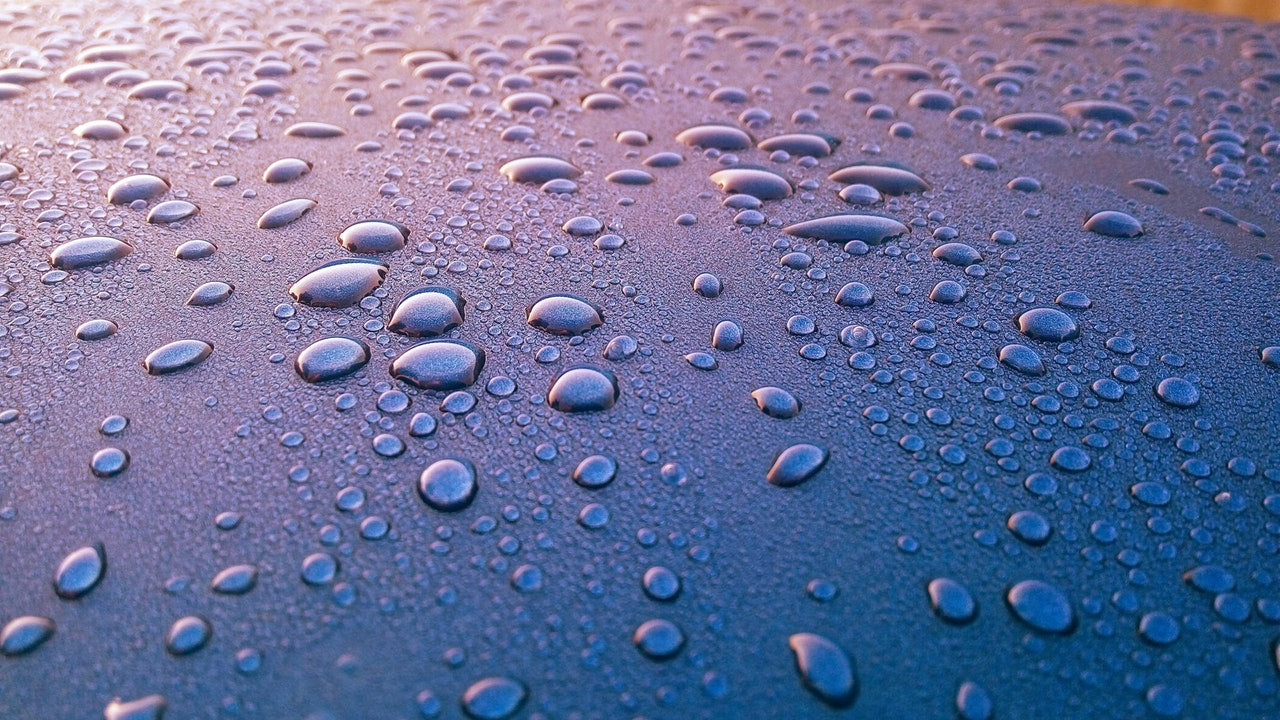Did you make the mistake of leaving your filament out in the open? If you find that your filament is not printing as well as it used to, it could be that it has become bloated with moisture. But before you toss it out in the garbage, there is still hope to get it back to its former glory. Below, we’ll tell you what to look out for if you suspect that your filament is wet and how to get it back to its original form.
Signs of a wet filament
Some filaments absorb more moisture in the air, particularly nylon, PLA, and ABS. These filaments are already ruined just by leaving it exposed for a night. However, they all display the same signs when they have been bloated by moisture:
- Popping and cracking sounds during printing
- Sudden stringing, blobbing, or oozing
- Irregular extrusion lines
- Uncommonly rough or fuzzy print surface
- Significantly weaker print strength and layer adhesion
If you’ve been experiencing any of the signs above, you could have a wet filament even though you have been careful with its storage. You have to dry it out immediately to reverse the effects.
Methods of Filament Drying
Heat your filament in an oven
This is the easiest way to dry your filament. Be careful to not turn up the heat too high since some plastics (e.g. PLA) have a low glass transition rate, which means it softens and can even melt during the drying process.
When setting the temperature, make sure that it is below the filament’s glass transition rate. In the PLA’s case, make sure that you set the temperature at the lowest setting, around 40-45°C. ABS and nylon can stand heat of up to 80°C.
Before putting in the filament in the oven, make sure that it has reached the target temperature. Some ovens go beyond the set temperature as it begins to heat up. Another thing to consider is the temperature accuracy of the oven. Find out if your oven can maintain the target temperature all throughout.
You can heat the filament for four to six hours.
Food dehydrator
If you have a food dehydrator in your house, you can use it to dry out your filaments as well. They work better since they have a lower temperature than ovens, therefore, making it safer for your filaments. You can set the same temperatures for the filaments as you would if heated in an oven. But since they don’t heat up as high as ovens, you may need to set the temperature higher for filaments that have higher glass transition temperatures.
Don’t throw out your moisture-bloated filaments just yet with our drying tips!
Prevention is still the most important thing when keeping your filaments dry. Proper filament storage and care can save you plenty of time and heartache. If you have any questions about filaments or 3D printing in general, you can contact our friendly representatives through this link.

